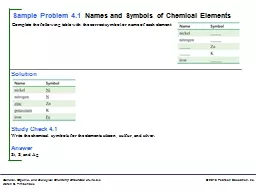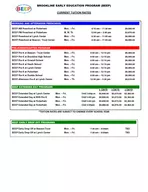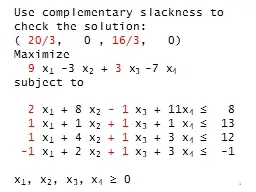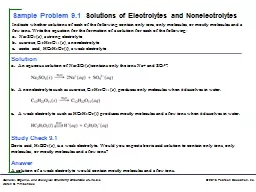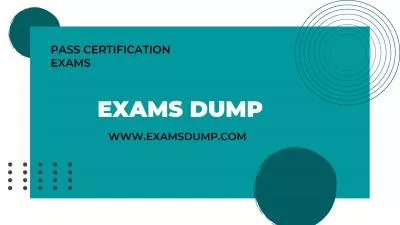PPT-Solution Study Check 4.1
Author : pamella-moone | Published Date : 2019-06-22
Write the chemical symbols for the elements silicon sulfur and silver Answer Si S and Ag Complete the following table with the correct symbol or name of each element
Presentation Embed Code
Download Presentation
Download Presentation The PPT/PDF document "Solution Study Check 4.1" is the property of its rightful owner. Permission is granted to download and print the materials on this website for personal, non-commercial use only, and to display it on your personal computer provided you do not modify the materials and that you retain all copyright notices contained in the materials. By downloading content from our website, you accept the terms of this agreement.
Solution Study Check 4.1: Transcript
Download Rules Of Document
"Solution Study Check 4.1"The content belongs to its owner. You may download and print it for personal use, without modification, and keep all copyright notices. By downloading, you agree to these terms.
Related Documents

